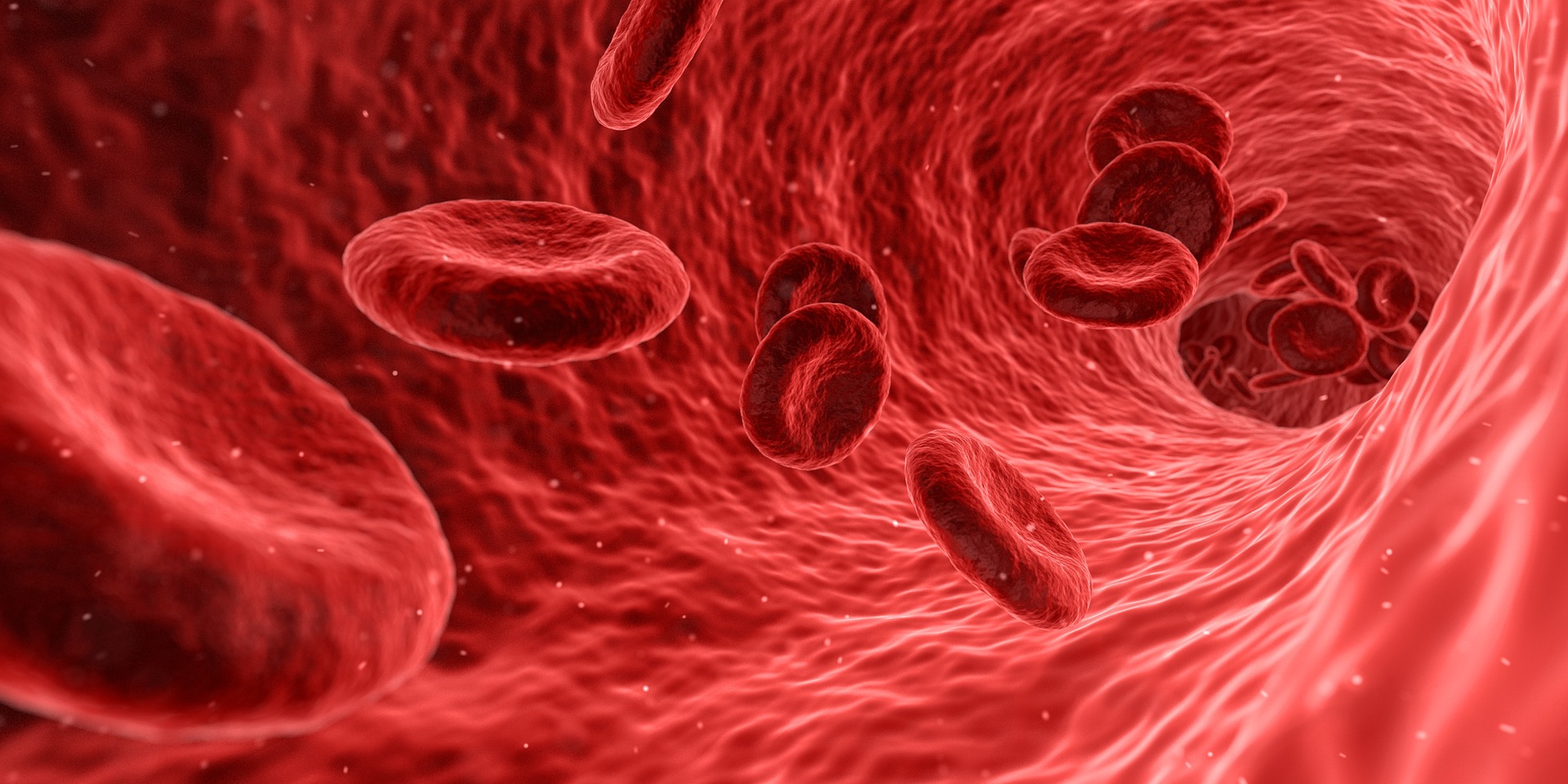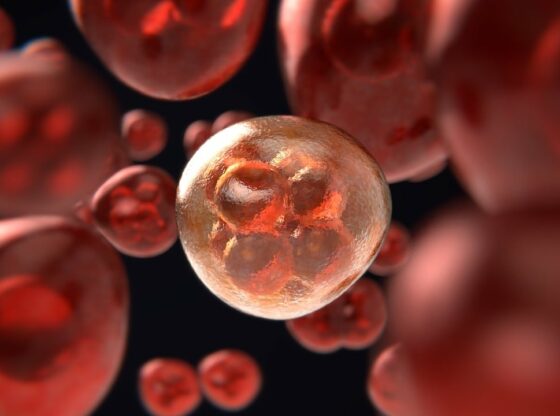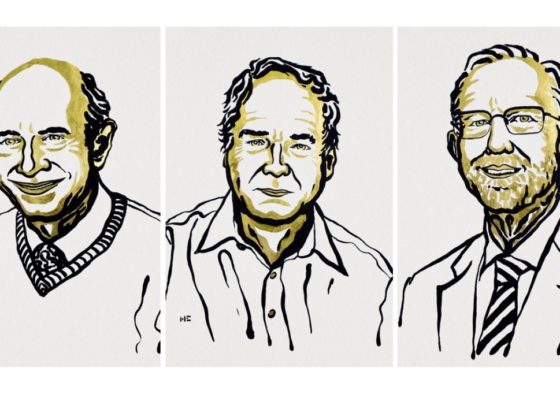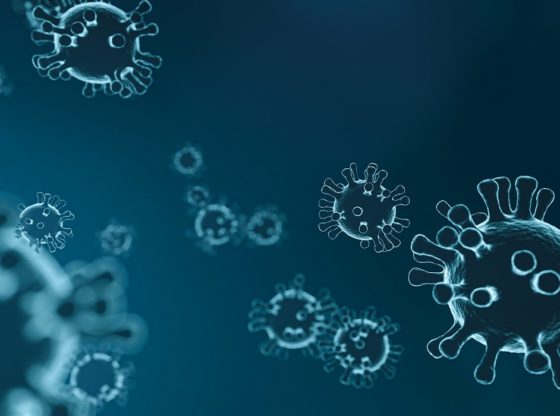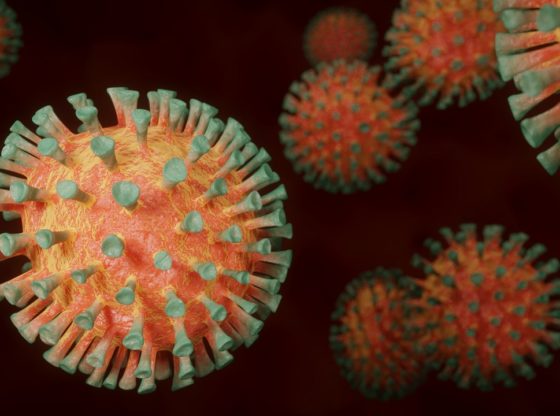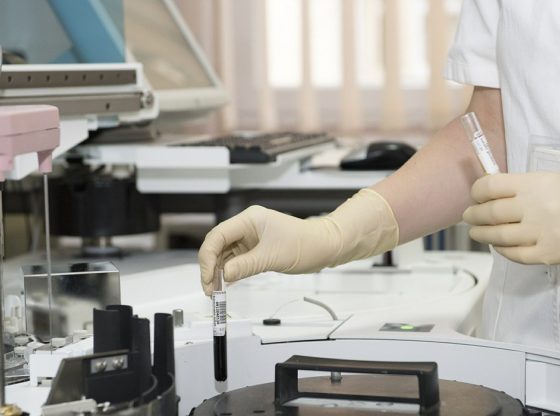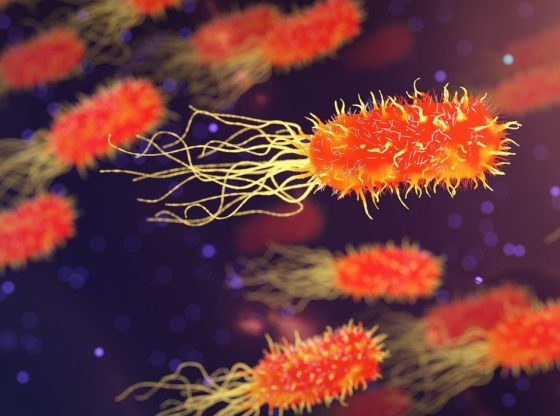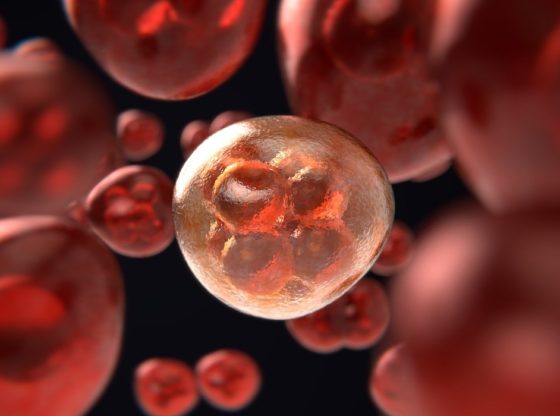A simple blood sample could reveal early onset of Alzheimer’s disease, according to a large study published in Nature.
Currently, only expensive and invasive tests can reliably detect the early build-up of amyloid beta, the defective protein molecules in the brain that are a major hallmark of Alzheimer’s disease.
A blood sample test would be a lot cheaper and easier than PET scanning of the brain and spinal cord tests used to detect Alzheimer’s disease today.
Japanese and Australian researchers have studied the blood of patient groups both in Japan and Australia and investigated the presence of so-called beta-amyloid that builds up plaque in the brain and impair memory function.
The researchers discovered that a particular protein, called IRS-1, in the blood marked whether the patient was about to accumulate plaque in the brain. This means that a simple blood sample could reveal the early onset of Alzheimer’s disease.
There are hardly any medicines available for the disease today and although there is much ongoing research and we are yet to understand the basic principles of the disease. We do know that the process starts silently about 30 years before outward signs of dementia, like memory loss or cognitive decline, early detection might, therefore, prove critical.
“These results demonstrate the potential clinical utility of plasma biomarkers in predicting brain amyloid beta burden at an individual level,”
– The researchers, from the National Centre for Geriatrics and Gerontology in Obu, Japan, writes.
The researchers behind the current study emphasize that a blood sample test can be used for screening in the future. With future medicines and diagnoses probably benefiting from detecting the disease early.
A possibility is for extensive blood sampling in the population of certain risk criteria, the elderly, to possibly detect the disease early on and enable future treatment.
Reference:
Katsuhiko Yanagisawa “High performance plasma amyloid-β biomarkers for Alzheimer’s disease“, Nature 2018, DOI: 10.1038 / nature25456

